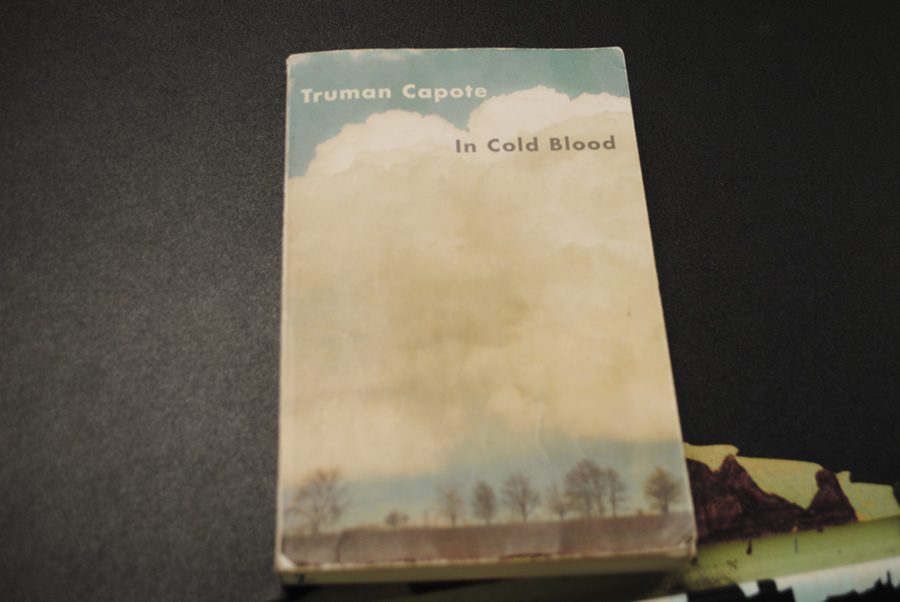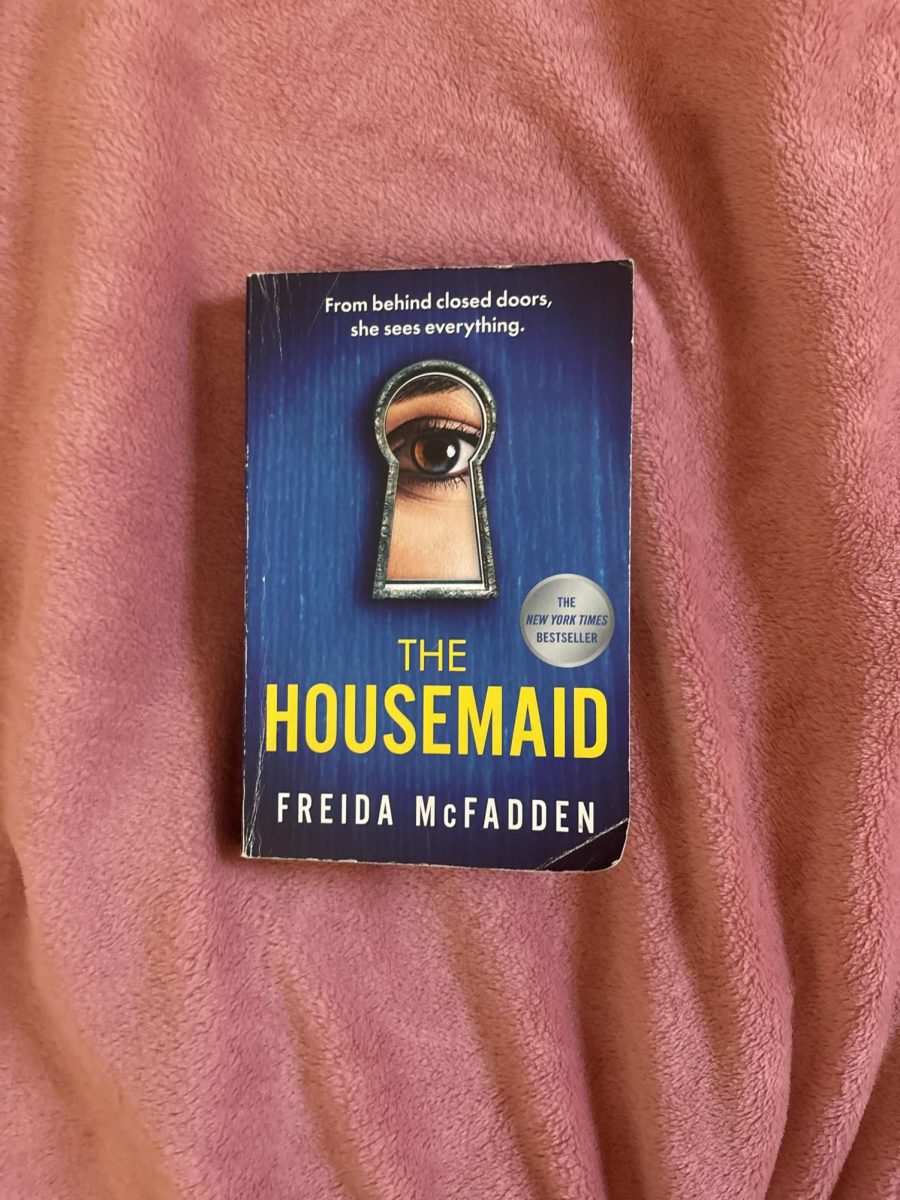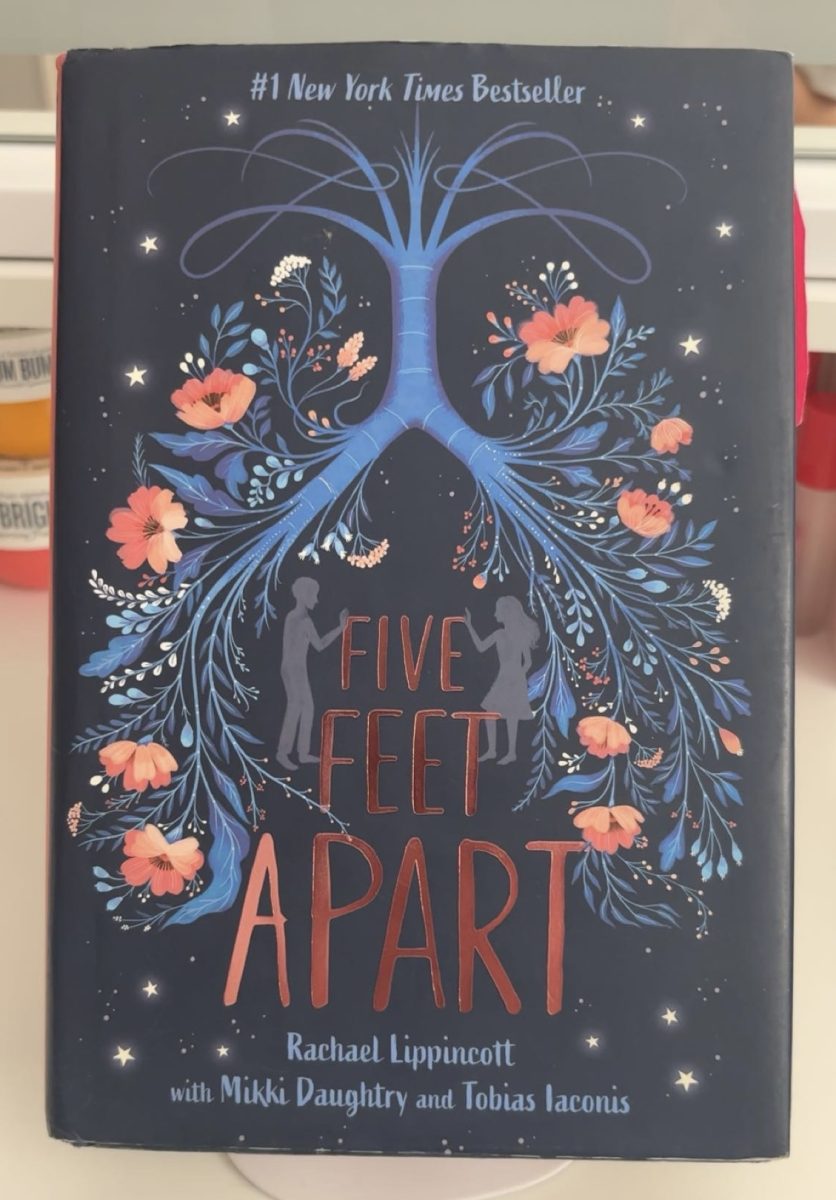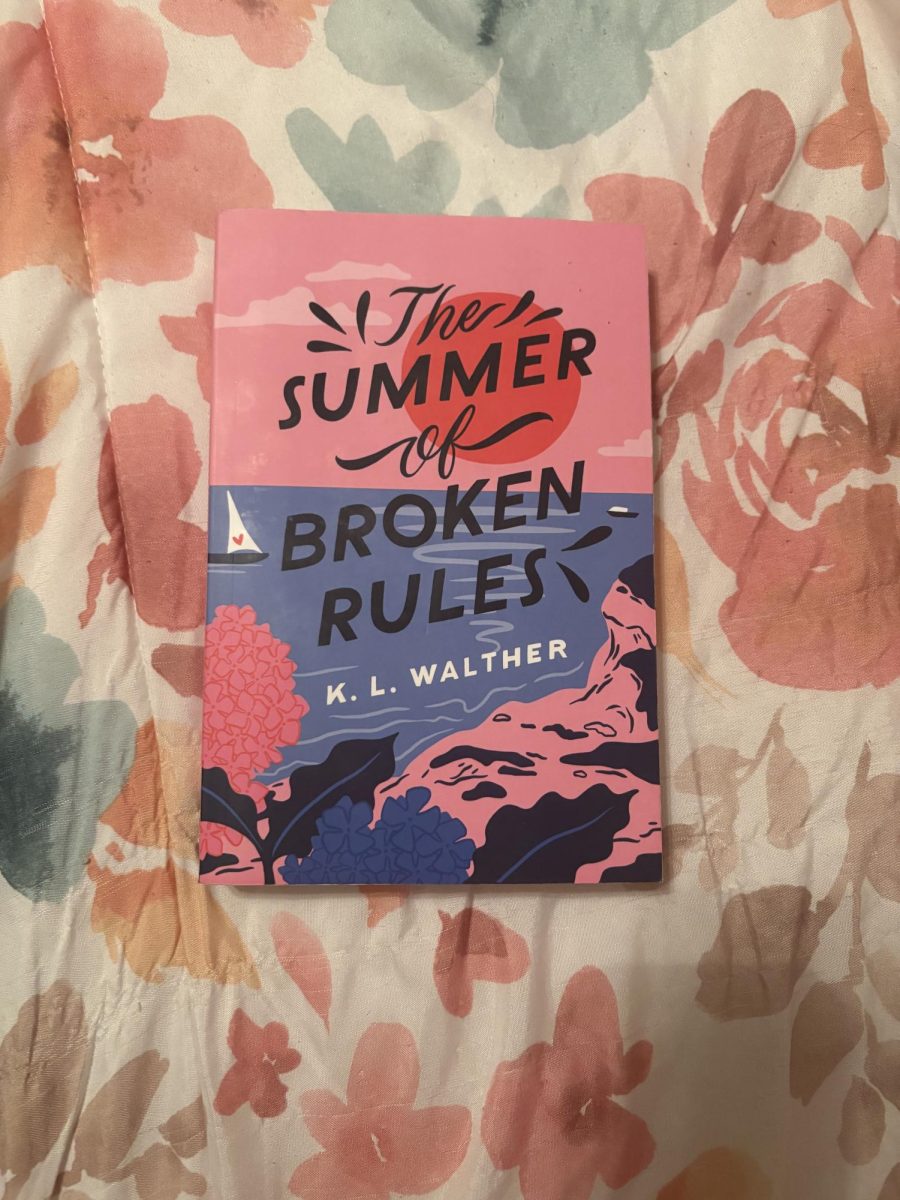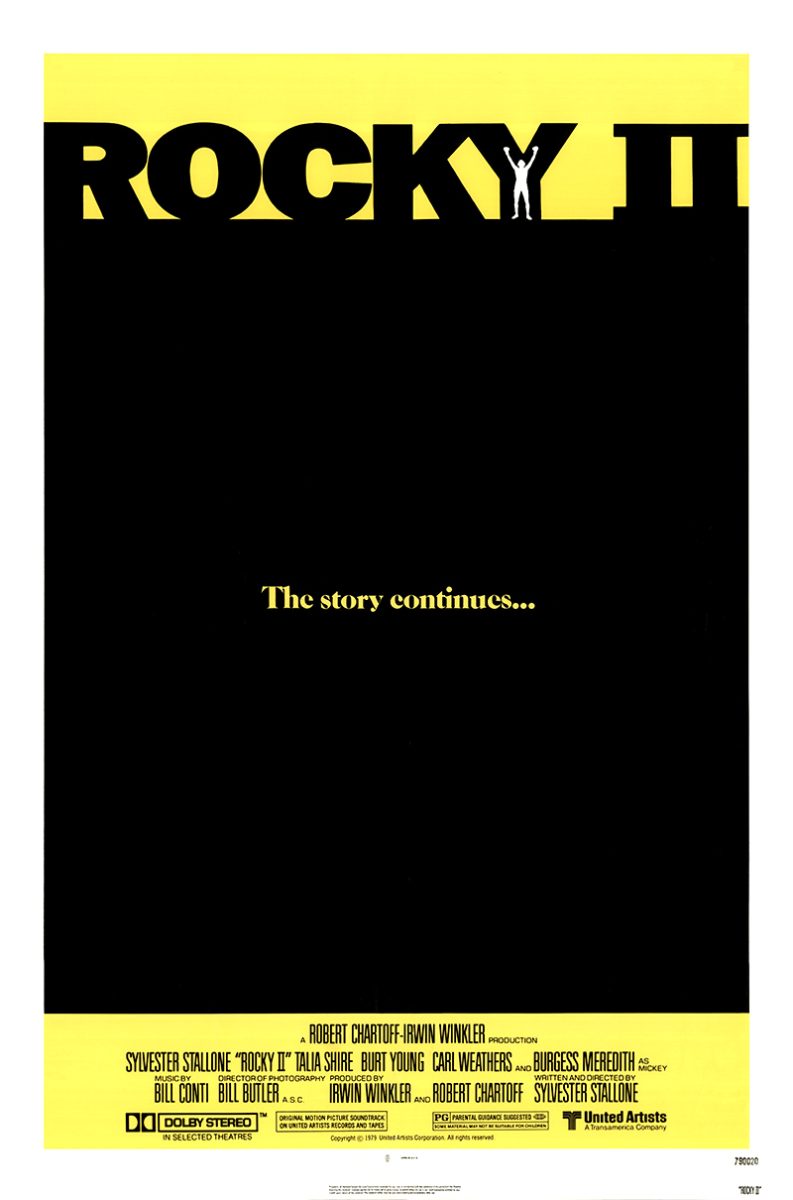Published in 1966, In Cold Blood is a “non-fiction novel” following the events throughout the Clutter family murder. In Cold Blood is famous all around the world, and was the highlight of Capote’s career.
The novel is the re-telling of the Clutter family murder that took place in Kansas in 1959. Two criminals, Perry Edward Smith and Richard Eugene Hickock, killed the entire family after hearing that the family was rich, and attempting to rob them. Unfortunately, having little money around the house, the criminals agreed upon having no witnesses. Herb Cutter, father, Bonnie Clutter, mother, and teenagers Nancy Clutter, and Kenyon Clutter were all murdered in their own home.
Divided into four parts, In Cold Blood covers the victims, the murderers, the capture of the murderers, and the end of the plot. Capote changes the points of views from the detectives to the murderers, and makes sure to get everyone’s perspective.
As a result, readers are able to sympathize with each character in the whole affair. Instead of seeing murderers, Richard and Perry, as evil, Capote lets us have an understanding of their crime.
In addition, In Cold Blood builds massive suspense as the plot continues. Instead of having us figure out who did the crime throughout the whole plot, Capote leaves us in the suspense of not knowing whether or not they’re going to get away with the murders. Heavily-detailed flashbacks also make great images while reading.
Learning about the criminals past leaves those reading infatuated. Smith, a victim of abuse, lets us figure out why he decided to commit the crime. However, Hickock’s childhood was much brighter, which is more difficult to understand why he might’ve committed the crime. This also leaves readers analyzing each character, and contemplating about psychology.
However, a lot of controversy has surrounded Capote’s In Cold Blood. Even though he makes sure to receive input from every character, he seems to focus most on Perry Smith. During the book’s most popular time, readers and others had the idea that Capote formed a relationship with Smith during the years he spent interviewing him for the book. Also a victim of abuse, Capote sympathized with Smith, and could relate with him. This resulted in a rumored bias in the book about Capote favoring Smith.
Even though this is just a hypothesis, there is some evidence of bias in the “non-fiction novel.” Capote spends more time talking about Smith and making him seem more innocent than his partner in crime, Hickock.
Another debate is how accurate the book In Cold Blood really is. Supposedly a “non-fiction novel,” critics and readers question how true is Capote’s telling of the story. In the past, Capote claimed that every part of the story was true, but still the questions remain. No one truly knows how accurate In Cold Blood is.
Overall, In Cold Blood is intense and anyone who has interest in crime novels and murder mysteries should definitely read it.




